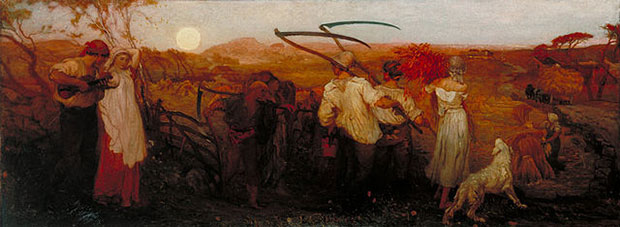"user community" entries

Apache Drill: Tracking its history as an open source community
A strong, open user community needs to be fostered to reveal its potential.
A strong user community is essential to releasing the full potential of an open source project, and this influence is particularly important now for the newly developed Apache Drill project. Drill is a highly scalable SQL query engine for interactive access to a wide range of big data sources and formats. Some of the ways users have an impact are an expected part of the development process: by trying the software and reporting their experiences and use cases, users in the Drill community provide valuable feedback to developers as well as raise awareness with a larger audience of what this big data tool has to offer.
This advantage was especially important with early versions of the software; users have helped development of Drill from early days by reporting bugs and praising features that they like. And now, as Drill is reaching maturity and refinement, users likely will also provide additional innovations: experimenting with Drill in their own projects, they may find new ways to use it that had not occurred to the developers.
Drill’s flexibility and extensibility lend themselves to innovation, but there’s also a natural tendency for this type of change because the big data and Hadoop landscape also are evolving quickly. In the case of Drill, we’re seeing the “unexpectedness benefit” of openness: the community gets out ahead of the leadership in use cases and technological change.
The first big Apache Drill design meeting in September 2012 in San Jose set the tone of openness and inclusion. This was an open meeting, organized by Drill co-founder Tomer Shiran and Drill mentor Ted Dunning, and sponsored by MapR Technologies through the Bay Area Apache Drill User Group. More than 60 people attended in person, and Webex connected a larger, international audience. I recall that in addition to speaker-led presentations and discussion, long strips of paper were mounted around the room for participants to write on during breaks in order to provide ideas or offer specific ways they might want to be involved. Practical steps like this surfaced good ideas immediately, and signaled openness for future ones. Read more…
